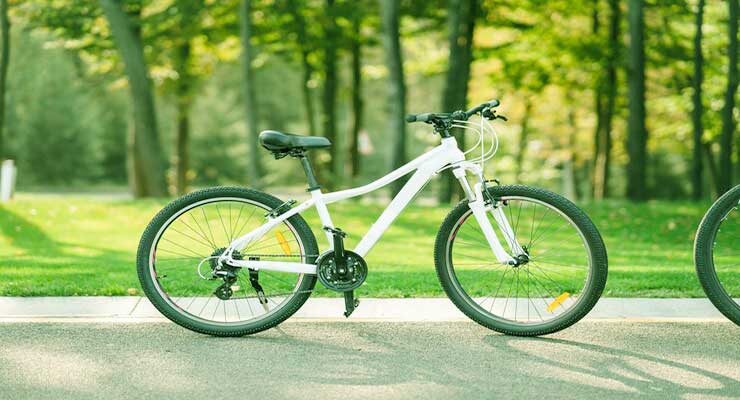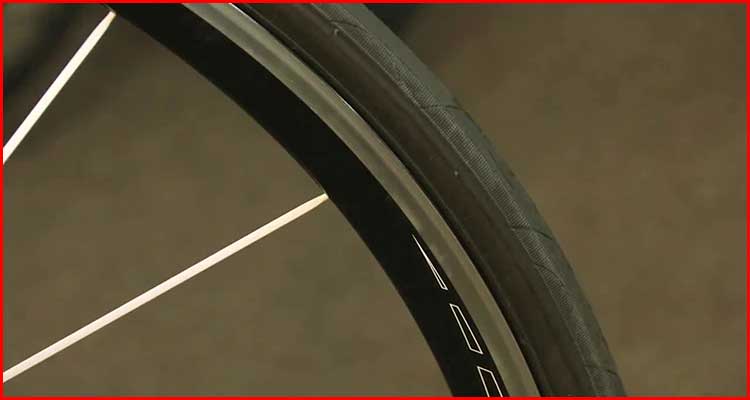How to Convert a Mountain Bike to a Gravel Bike
If you enjoy cycling, you know the significance of having the right bike for the terrain you will be riding on. While a mountain bike is excellent for off-road paths, smooth gravel roads might not be the greatest place for one. Fortunately, you can quickly turn your mountain bike into a gravel bike with a few adjustments to take on those challenging, long rides.
This step-by-step tutorial will teach you how to convert your mountain bike to a gravel bike. Everything you need to know to make the conversion will be covered, from changing your handlebars to changing your tires. This article will assist you in getting your bike ready to go, whether your goal is to take a leisurely ride on gravel roads or participate in a gravel race. So gather your tools, and let’s begin!
What You Need
You’ll need a few tools to make the necessary changes to turn a mountain bike into a gravel bike. Here are some of the tools you will need:
- Bike stand – to secure the bike while you repair it.
- Bottom bracket tool – if necessary, take out and reinstall the bottom bracket.
- Cable cutters – to cut and connect new brake and shifter cables.
- Cassette removal tool – to remove the outdated cassette from the back wheel.
- Chain tool – if necessary, to reduce or lengthen the chain.
- Fenders, racks, and panniers – supplemental equipment is available for transporting gear and staying clean and dry on longer excursions.
- Hex wrenches – to take out and reinstall fasteners, especially those on the seat post, stem, and handlebars.
- New tires – have a 35–45mm width for use on gravel roads.
- Pedal wrench – to take out and put back in the pedals.
- Rigid fork or drop bars – to swap out the mountain bike handlebars and suspension fork.
- Tire levers – to swap out the old tires for the new ones.
Step By Step Method on Converting a Mountain Bike to a Gravel Bike
A mountain bike can be transformed into a gravel bike by making a number of adjustments to make it more suitable for riding on gravel roads and mild off-road terrain. A step-by-step guide for converting a mountain bike to a gravel bike is provided below:
Cycle Gears
Start by modifying the gearing system to suit the requirements of your gravel bike better. Gravel bikes may be used easily and rapidly.
Mountain bikes’ gearing must be upgraded to make them appropriate for riding on gravel. In addition, you can increase the overall gear count to an adequate degree. Even if you add more gears overall, you should not undervalue the significance of maintaining the proper 2:1 gear ratio. The gear ratio on the gravel bike is the same as the gear ratio on the mountain bike.
Suspension
It will be necessary to do more than just increase the overall number of gears. You must boost the ride height by adjusting the suspension after you’ve raised the top speed.
You’ll also see why it’s important because gravel bikes frequently ride through terrain with challenging obstacles like rocks and pebbles and along trails.
It will take more flexibility on your side to convert a mountain bike to a gravel bike because they are exclusively intended for rugged terrain. Increasing the suspension will likewise produce the same outcome.
Making such an adjustment also ensures that the bike has enough space between it and the surface it will be traveling on.
Braking System
Braking System When converting a mountain bike to a gravel bike, it is essential to make a number of adjustments to the braking system.
Gravel bikes are often speedier than mountain bikes due to their smaller weight. On the other side, mountain bikes are renowned for their toughness. Moreover, gravel bikes require a direct and immediate braking mechanism.
If the proper disc brakes are put in, they will resist wear and strain and last very long.
Gravel bike brakes can last a very long period due to the bike’s lightweight and the minimal wear and tear on the brake discs. The brakes also have a high-pressure tolerance.
Shock Absorption
Because gravel bikes frequently go on routes across rough terrain, they need shock absorbers of greater caliber than mountain bikes.
It is essential to modify the suspension or modify the mountain bikes to manage more uneven terrain due to the gravel conversion.
Gravel bikes normally go over gravel, rocks, pebbles, and dirt. The shock absorbers on a typical mountain bike cannot handle all of the roughness that this terrain presents.
Changing or toughening mountain bikes’ shock absorbers would be a huge step toward making them into grave grinders.
Tires and Wheels
Finally, the time has come to swap out the worn-out tires for new, adequate ones. You are in charge of installing new tires that have a specific purpose.
Typically, mountain bike tires are wide, heavy, and substantial. The design functions remarkably well on winding roads and pathways. Gravel bike tires, on the other hand, are frequently nimbler and narrower.
Hence, if you want the mountain bike to behave similarly to a gravel bike, you will need to drastically adjust the bike’s components in order to achieve the best results.
The same is true with the new ones to keep your agility when moving. You must ensure that they are on the narrower side.
The weight of the modified gravel bike must be reduced so it can maneuver around obstacles like rocks, pebbles, and gravel.
Remove any unnecessary features to make the mountain bike capable of navigating challenging terrain.
Conclusion
To sum up, turning a mountain bike into a gravel bike is a fantastic opportunity to reuse an old bike and try out a new style of riding. With these instructions, you can turn your mountain bike into a capable gravel bike and enjoy riding on gravel roads and easy off-road terrain.






